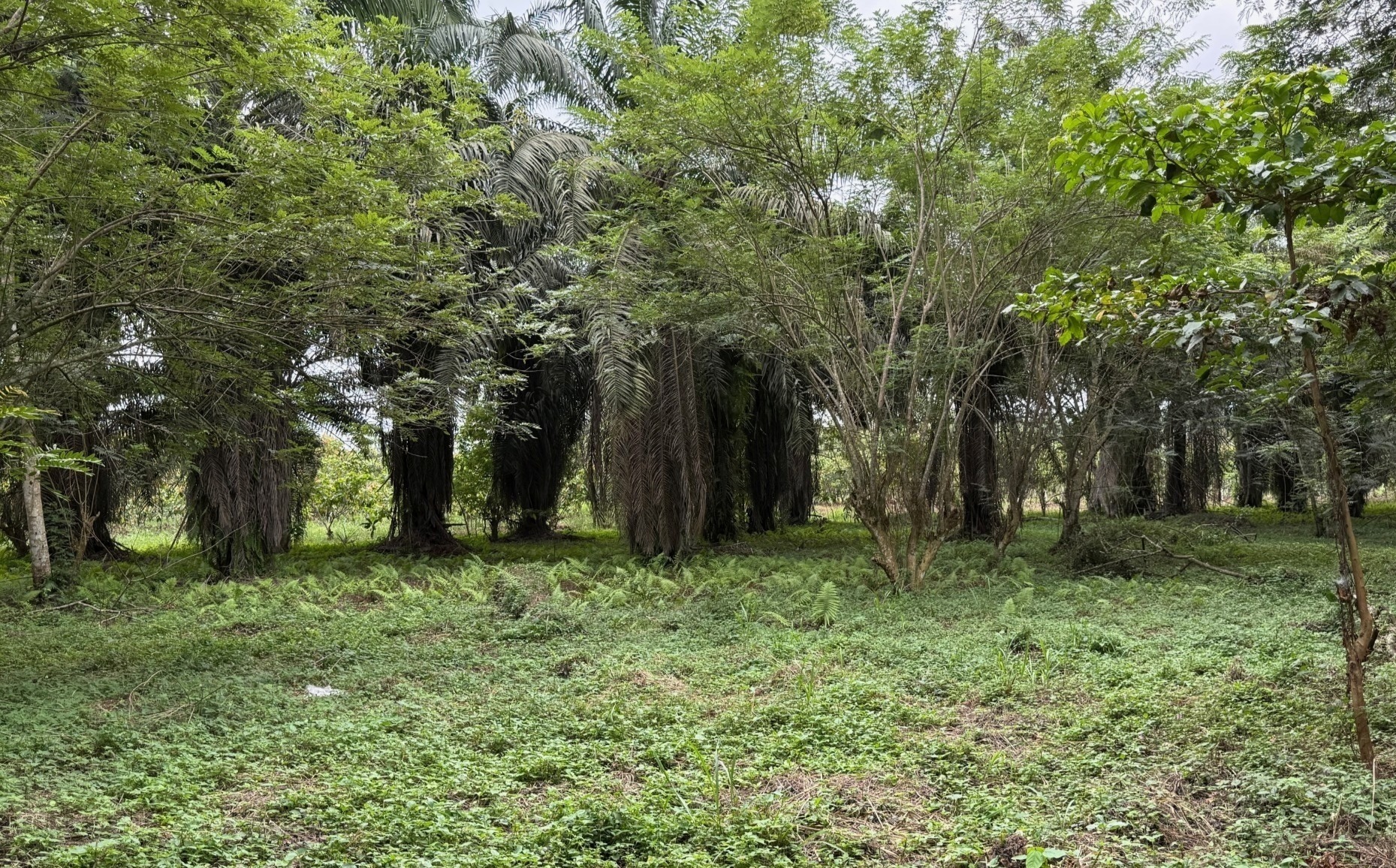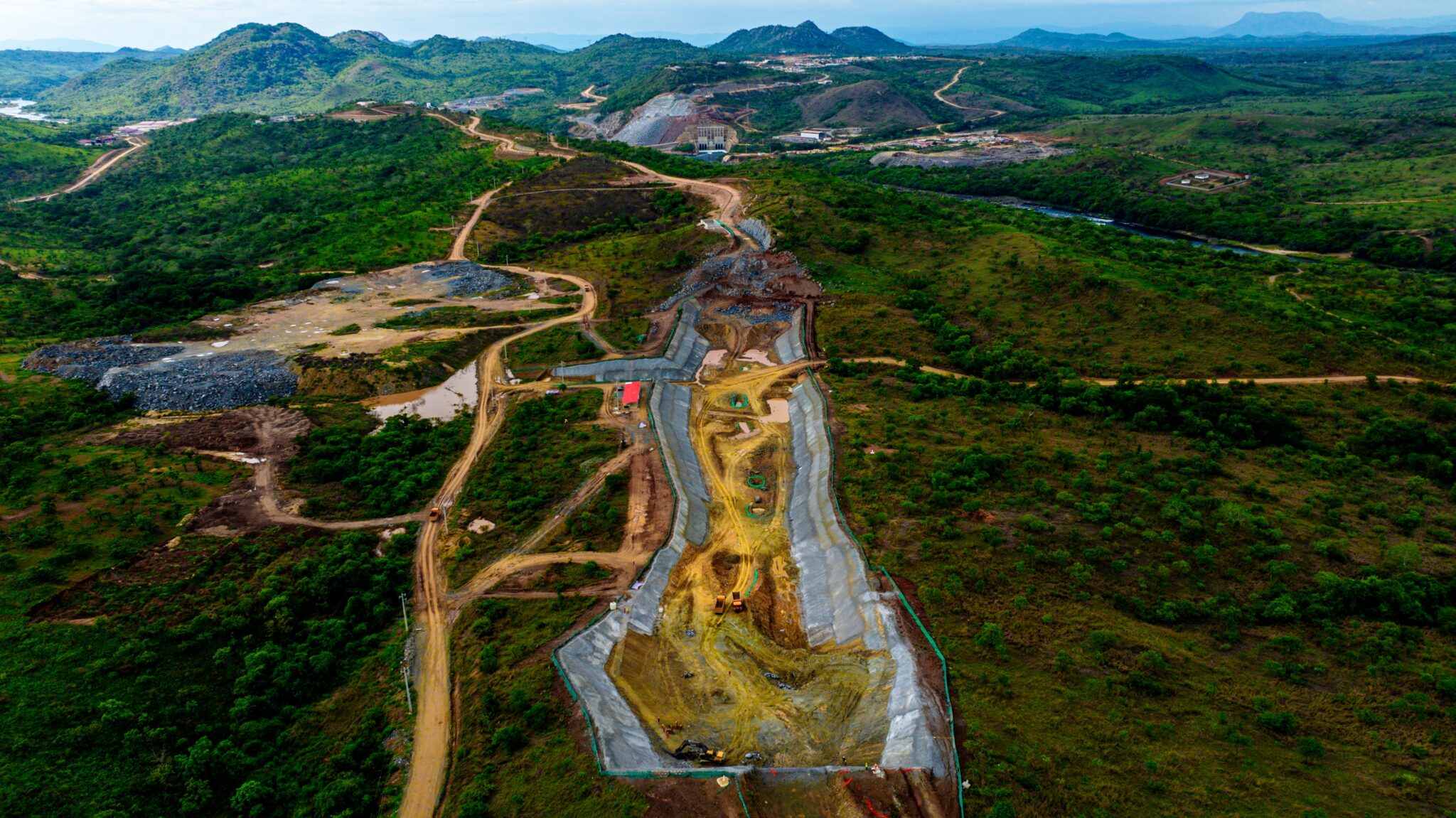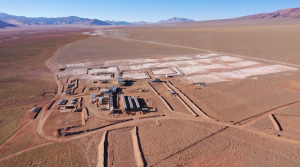Tailings standard highlights value of planning for mine closure
The holistic approach of the Global Industry Standard on Tailings Management (GISTM) considers risks throughout the life cycle of a tailings storage facility (TSF) – including the decades following closure and, in some cases, even longer where stability or environmental concerns persist.
This has re-emphasised the importance of closure planning for mines, and the need to build these considerations into the initial mine design phase. James Lake, partner and principal environmental scientist at SRK Consulting South Africa (SA), said that closure is a theme that runs through the GISTM principles.
“The standard is explicit about the owners’ responsibility to plan, build and operate TSFs to responsibly manage risk at all phases of the lifecycle – including closure and post-closure,” said Lake. “This applies as much to the rights of project-affected people as it does to the maintenance of an interdisciplinary knowledge base and the operation of monitoring systems.”
Robust designs
Recent years have seen considerable activity in the mining sector to bring TSFs into compliance with the GISTM, and Lake noted that TSF designs are becoming more robust. Among the considerations is the likely impact of climate change, for instance, which will require tailings dams to remain stable in conditions of higher or more intense rainfall.
According to Roanne Sutcliffe, principal environmental engineer at SRK Consulting SA, the GISTM reiterates the principle that effective closure planning begins when mines are being conceptualised and designed.
“The operational life of a mine and its TSF is typically measured in decades,” said Sutcliffe. “In contrast, when considering the post-closure aspects of a tailings facility, the design life will need to be much longer in most instances and may need to be considered in terms of centuries.”
In terms of the GISTM, mines need to be able to demonstrate that – from a chemical and physical stability perspective – TSFs will remain stable throughout the operational phase and for centuries to come after mine closure. She noted that an ‘active closure’ period typically follows for 10-20 years after a mine ceases operations, where the TSF requires a maintenance and monitoring team almost commensurate with the team required for operations. After that, a more ‘passive closure’ regime may be sufficient – where the teams involved slowly reduce but would last for many more decades if not centuries.
Planning too late
The GISTM emphasises the risks TSF failures pose to human life and the environment, emphasising the need for early design adaptations. For instance, ensuring long-term stability may require gentler slope designs, which in turn increases the TSF’s footprint. Where space is constrained, this closure consideration could limit both the deposition capacity of the TSF and the production capability of the mine – even impacting the operation’s planned return on investment.
In this sense, the focus on mine closure has been strengthened by the mining industry’s compliance with GISTM, said Ivan Doku, principal resource geologist, partner and country manager of SRK Consulting Ghana.
“Planning fully for mine closure has always been challenging, but the GISTM has given positive momentum to this imperative,” said Doku. “In West Africa, there is certainly increased interest in closure planning, as mines look for ways to close the knowledge gap between current operational requirements and post-closure needs.”
Re-processing valuable tailings
Given the long mining history of countries like Ghana, he pointed out that there could be interesting opportunities in post-closure land use as it relates to TSFs. With advancements in mineral processing technology, many old TSFs could be re-treated to extract additional value – before the remaining tailings are used for other purposes such as backfilling.
“The ability to treat material without incurring mining costs is an attractive prospect, with the revenue helping to boost the financial provisioning for closure,” he said. “Where older facilities may not have been designed in optimal areas, re-treating the tailings also presents the possibility of depositing it in a different location – one that better suits the available post-closure options and can further reduce the mine’s financial provisioning for closure.”
Among the main reasons why effective closure is often so difficult is because tailings is viewed as a waste product with little or no current value, and many operations begin closure planning too late – when cashflow is limited, according to Sutcliffe.
“This means that money has had to be spent when it is least available, and for purposes that generate no return,” she explained. “However, if it can be shown to be economically feasible to re-process a TSF, this allows for both additional revenue generation and integration into the updated mine-wide closure thinking, rather than retrospective management of old facilities not designed with closure in mind.”
Risk management and mitigation
Sutcliffe highlighted the economic benefits of planning TSFs with closure in mind, pointing out the high cost required to bring many older facilities in line with the current standard’s closure requirements.
“Early in the design stage, it is important to understand and best mitigate the potential risks that the TSF will present after closure,” she explained. “Today, we see many facilities approaching the decommissioning phase, where risk mitigation could require significant expenditure or extended timeframes, or even both. It is generally far more cost-efficient to invest in the solutions earlier – in design or even at operational stage – so that post-closure risk can be minimised.”
The presence of artisanal miners in many parts of Africa is also a risk element in the management of tailings dams. Doku noted that artisanal mining often occurs close to an operating mine, even to access the same deposit. The same TSF risks that face nearby communities could then apply to these miners.
Lake explained that TSFs, as part of a mine’s lease area, are usually well protected by security infrastructure and services during the mine’s operational years. However, the risks related to unauthorised access tend to escalate post-closure.
“In Tanzania, for instance, we have witnessed artisanal miners on a TSF, where the tailings were also being removed for use as construction material,” he said. In SRK’s experience, mines often create ‘attractive nuisances’ after they close, such as pit gathering water that attracts wild animals. Similarly, a TSF still containing known minerals would attract illegal miners, who could put themselves at risk and perhaps endanger the structure.
Share this content:














